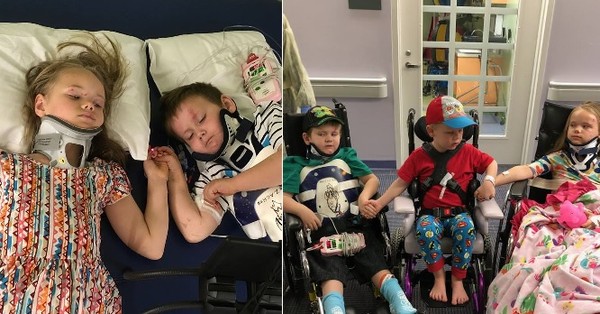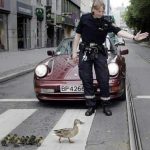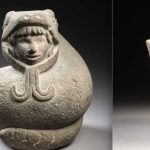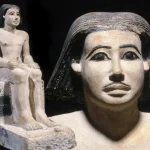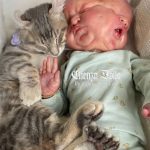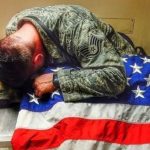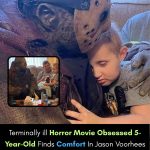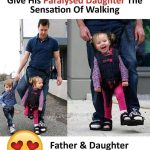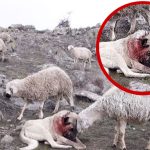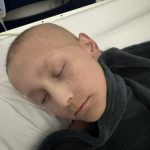The Unspoken Strength: How Three Little Hands Defined Courage in a Hospital Hallway

The sterile white walls and soft fluorescent hum of St. Jude’s Hospital often whisper stories of resilience, but on one quiet afternoon, a moment of profound, wordless beauty unfolded. It wasn’t in a high-tech operating room or a specialist’s clinic; it was in a simple, unassuming hallway.

There, side-by-side, sat three little heroes.
Their bodies told stories of long battles. Tiny braces encased their legs, monuments to complex surgeries and relentless physical therapy. Pain, a constant shadow, was etched lightly on their young faces. Yet, as they leaned against the wall, their focus wasn’t on their own discomfort. It was on a simple, vital connection: their hands were clasped together.
They didn’t need a single word. The simple, fierce grip said everything.
A Silent Alliance of Warriors
Meet the trio. There was Leo, the eldest at seven, his eyes still carrying the exhaustion of a six-hour procedure the day before. Next to him was Maya, five years old, whose tightly pulled-back hair exposed a small scar near her ear, a reminder of a recent shunt adjustment. And in the middle, the anchor of their silent alliance, was four-year-old Sam.
Sam, barefoot and brave, sat with a surprising stillness. His own body was burdened by heavy orthopedic hardware, yet he was the first to reach out. His small, dirt-smudged hand firmly held Leo’s on one side and Maya’s on the other. One look at his face—a blend of innocence and determination—and you understood: even the smallest hearts can carry the biggest strength.
These children had fought individual wars—endless nights, fearful tears, and the intimidating presence of scalpels and needles. But in this huddle, they weren’t just patients anymore. They were friends, comrades, and warriors bound by an unspoken code of courage and kindness. They were each other’s silent cheerleaders, their hands the final, unbreakable link.

Hope That Walks Through Love
This hallway, often a passage filled with anxious parents and hurried nurses, did not echo with sadness that day. Instead, it glowed with a quiet, powerful dignity. It was a profound reminder of what it truly means to be human.
They may have temporarily lost a little freedom in their legs, perhaps the ability to run without assistance, but they had found something far greater. They had discovered a hope that walks not on feet, but through love. They learned that bravery is less about enduring pain alone and more about sharing the burden, even through a gentle squeeze.
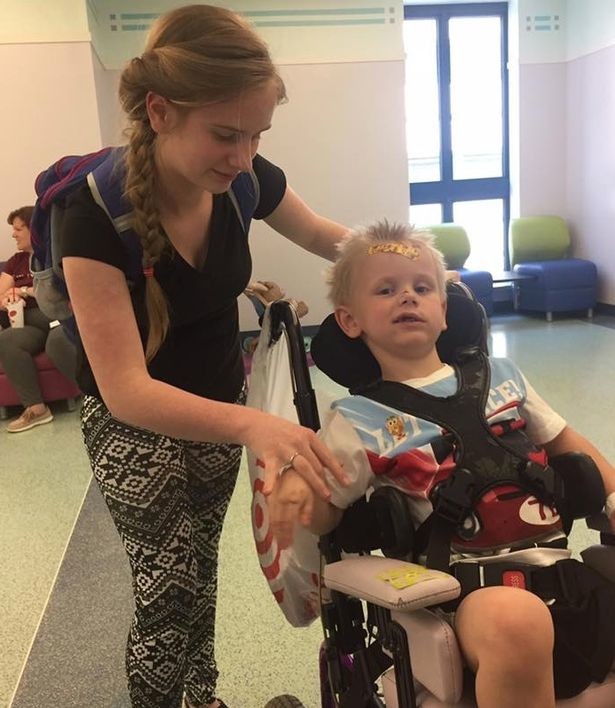
The nurses and doctors who passed by slowed their steps, pausing to witness the tender scene. They knew that medicine could mend bones and heal incisions, but the true, deep mending that happens on the inside—the healing of fear and the strengthening of the will—often comes from a much simpler source.
It comes from a hand that refuses to let go. And in that hallway, three small hands held on, proving that connection is the most powerful therapy of all.
